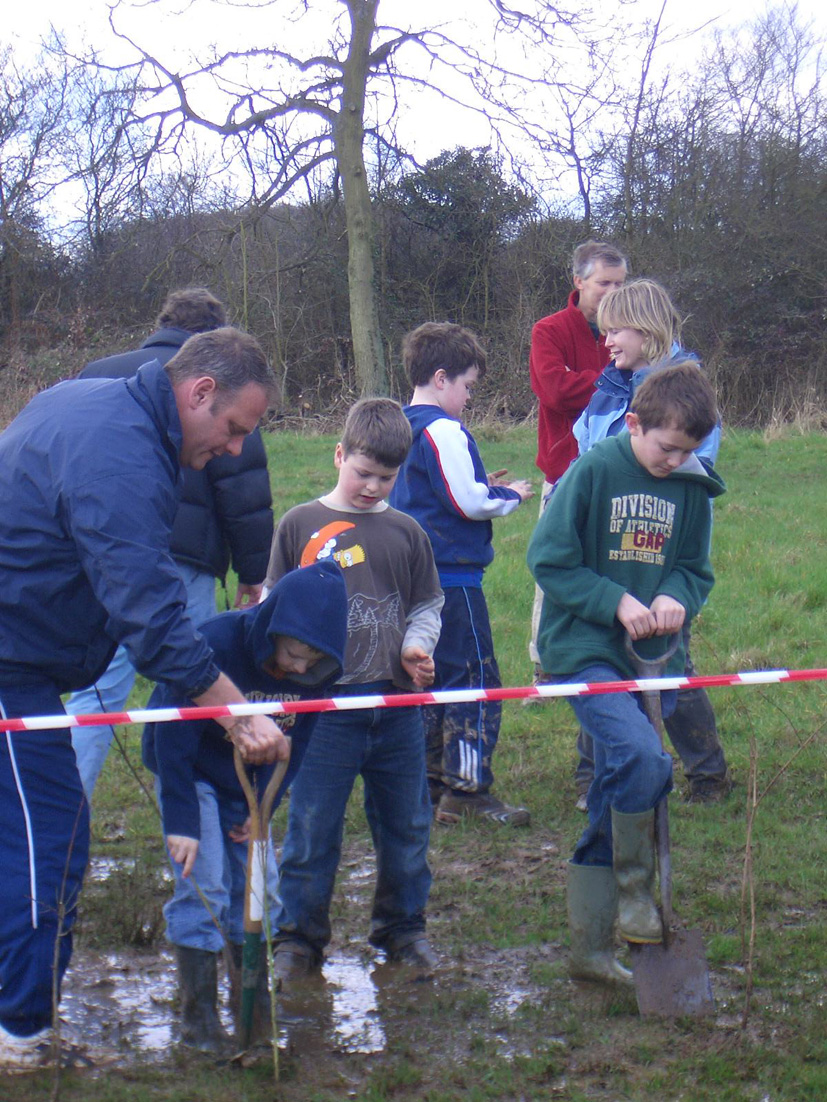|
· Promote
and actively engage in planting and the regeneration of hedgerows on
and near agricultural land, public parks or other public amenity spaces
at any and every opportunity;
· Encourage conservation through practical example, by
carrying out planting schemes in local and national project
· Promote countryside conservation via schools and public
lectures;
· Work in partnership with farmers and other landowners,
wildlife organisations and rural communities to achieve our goals.
We aim to increase
awareness and contacts via
Active education
School visits promoting conservation activities in conjunction with the
National Curriculum, often in association with Parent/Teacher Associations;
these may include 'hands-on' activities such as the creation of hedgerows,
tree planting or building wildlife ponds.
Creating local
wildlife refuges:
Schools, small communities and organisations such as parish councils can
identify locations where a new hedgerow or grove of trees can raise an
awareness in the conservation issues which we seek to emphasise.
Direct approaches
to other conservation groups:
These groups often have a better perception of local issues than groups
and organisations operating on a national basis.
Direct approaches
to farming communities:
Farmers have more disposable land available than anyone and are often
open to suggestions and practical help with planting
Planting activities
using efficient mechanised means
We have considerable experience of planting activities, having established
several thousand trees and hedging plants in the last few years. Generally,
for all their good intentions, 'volunteer planter' efforts are not very
efficient. A fit person with a spade can plant a few hundred bare-rooted
trees in a day at most; however, a small team working with modified horticultural
planting machinery, towed behind a small tractor, can easily plant 5000
small trees or hedging plants in one day. With a double row of hedging
plants at 0.33 m intervals, and with trees planted at 15 metre intervals,
this means that a team of 3 with the right equipment can plant around
1 km of hedge per day. |


